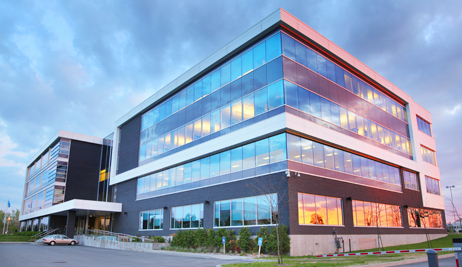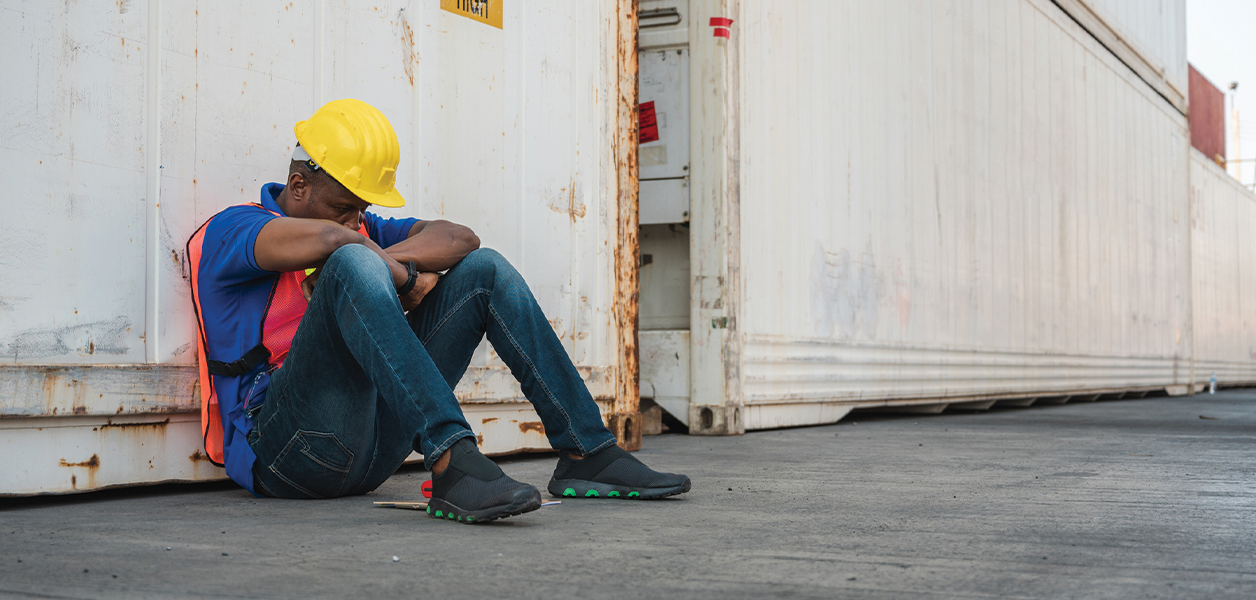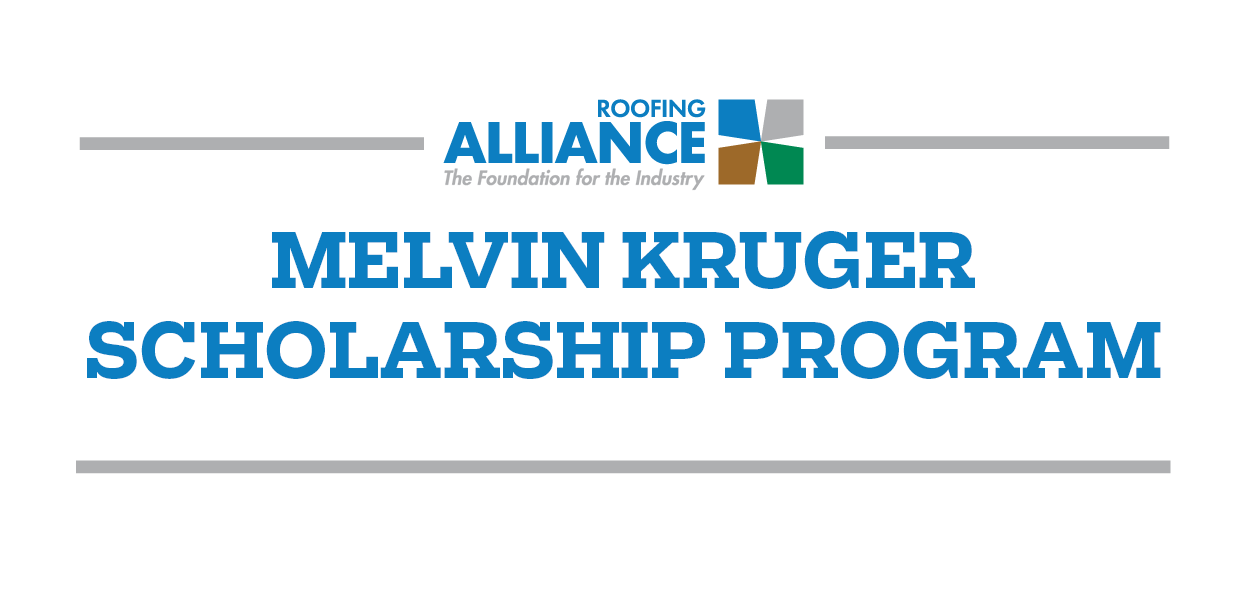Dodge Data & Analytics, New York, has reported construction starts decreased 9 percent in July. Total construction starts in July were up 2 percent compared with July 2017.
"The pattern of construction starts on a monthly basis is often affected by the presence or absence of very large projects, and several exceptionally large projects boosted activity in June to an unsustainably high amount," says Robert A. Murray, chief economist for Dodge Data & Analytics. "These June projects included a $6.5 billion uranium processing plant in Tennessee and a $1.7 billion petrochemical plant in Texas, as well as the $1.8 billion Spiral office tower in New York and a $665 million office tower in Chicago. While July also featured the start of several large projects, such as a $2.4 billion petrochemical plant in Texas and a $750 million data center in Alabama, the lift from very large projects in July was less than what took place in June.
"Still, the pace of construction starts in July came in 2 percent above the average for the second quarter, which is consistent with the sense that overall construction starts continue to trend upward, notwithstanding July's steep decline compared to June," Murray continues. "The current year has seen the mounting headwinds of higher material prices and higher interest rates, but it's also seen the tailwinds of healthy economic growth, some easing of bank lending standards, and the increased funding for public works programs coming from the federal appropriations legislation passed in March. Amidst the monthly ups-and-downs, the broad trend for construction starts during 2018 remains one of modest expansion."
Nonresidential building construction decreased 22 percent in July. In the commercial category, hotel construction rose 37 percent; store construction advanced 10 percent; warehouse construction fell 1 percent; office construction dropped 23 percent; and manufacturing plant construction plunged 60 percent. In the institutional category, public buildings jumped 56 percent; transportation terminal construction rose 28 percent; churches increased 2 percent; educational building construction declined 12 percent; amusement-related construction dropped 25 percent; and health care facility construction fell 35 percent.
Residential building construction rose 2 percent in July. Single-family housing increased 3 percent, and multifamily construction decreased 1 percent.
Nonbuilding construction was unchanged in July.
During the first seven months of 2018, nonresidential building was up 1 percent compared with the same time period in 2017. Residential building increased 7 percent, and nonbuilding construction dropped 4 percent. By geographic region, the South Central increased 11 percent; South Atlantic rose 6 percent; Midwest was unchanged; Northeast dropped 3 percent; and West declined 4 percent.





